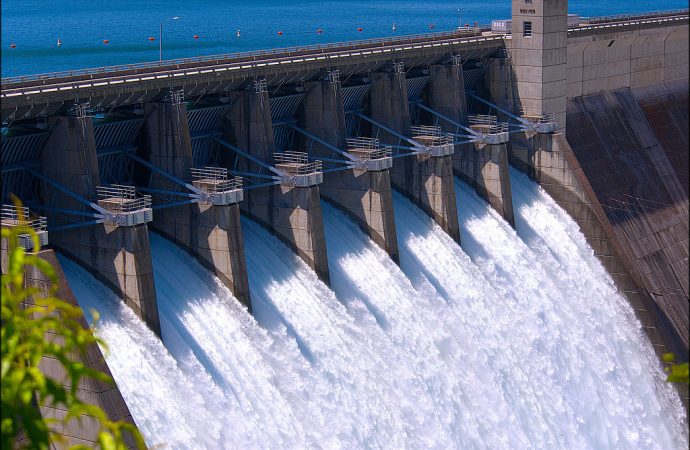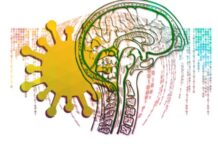From agricultural irrigation to energy generation, human activities irreversibly changed the water dynamics; we know that some of it is disappearing, some of it is melting. Using satellite remote sensing, we are now able to see exactly how that change is occurring.
Scientists from the USA and Taiwan conducted the most extensive data analysis on terrestrial water storage (TWS) to date. They used the information collected from the Gravity Recovery and Climate Experiment (GRAVE), from 2002 until 2016, to establish 34 trends in freshwater availability.
Worldwide Water
On a global scale, the northern regions of America and Europe are accumulating freshwater, while the mid- and low latitudes suffer from freshwater losses. These results are consistent with the observed and expected precipitation trends for these regions: more precipitation in high-latitude regions, and less rain in the middle and low regions.

The team reports that humans are leaving a clear ‘fingerprint’ on water reservoirs; for instance, in the world’s most irrigated agricultural regions, freshwater is rapidly disappearing. According to GRAVE, the major areas of water storage depletion are northern India, the North China Plain and the Middle East. The data collected also confirms the glaciers and ice-sheets melt and the increase of water storage in the northern regions of the globe.
“In the face of aquifer depletion, population growth, and climate change”, the authors of the study say, “water and food security will depend upon water-saving technologies and improved management and governance.” Encouraging solutions of water conservation can be seen in Israel, Saudi Arabia and parts of India, while China faces a huge challenge in the face of its ever-increasing population numbers.
Read the full report here. [Open]
References:
[1] Rodell, M., et al. “Emerging Trends in Global Freshwater Availability.” Nature, 2018, doi:10.1038/s41586-018-0123-1. Accessed 18 May 2018.
Image Credit: By Doug Wertman from Rogers, AR, USA (Beaver Lake Dam – Open Floodgates) [CC BY 2.0], via Wikimedia Commons





